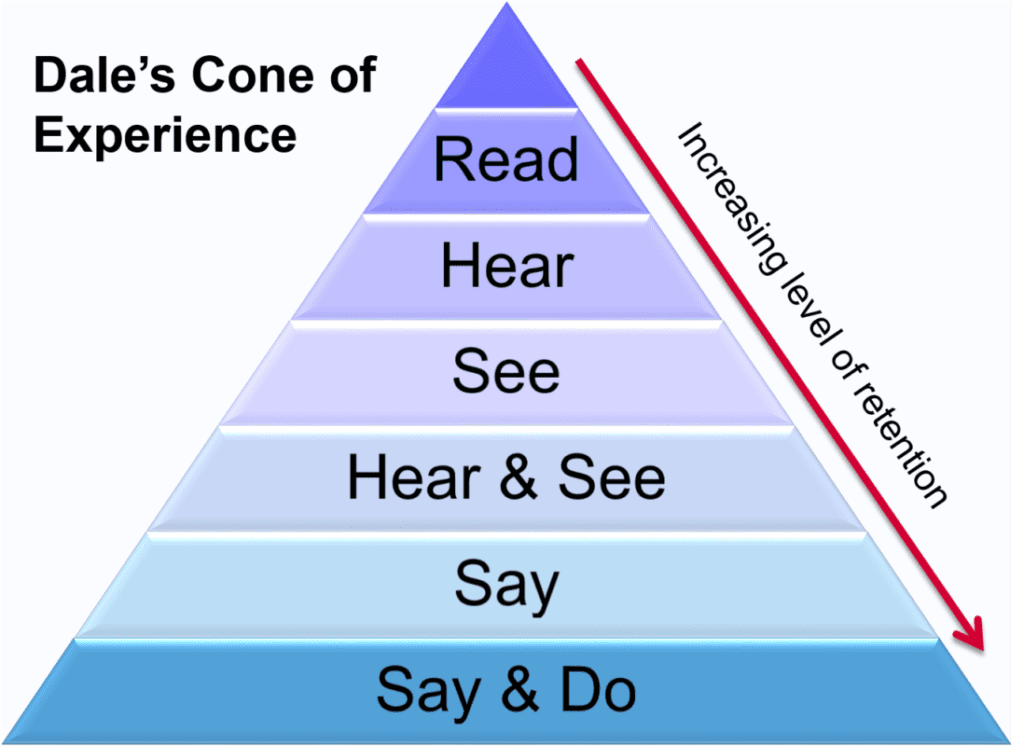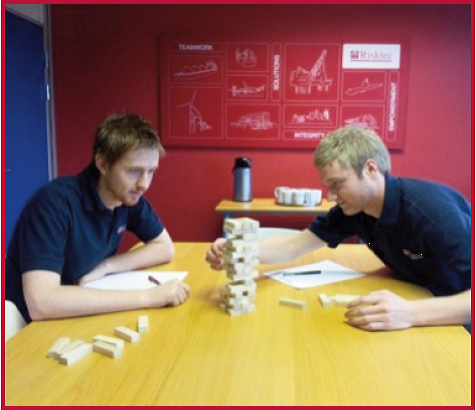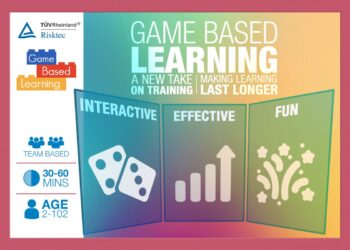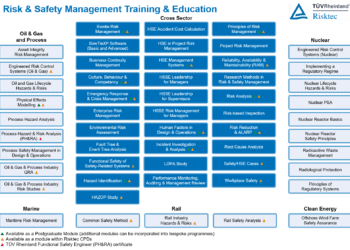To say and do: how do different learning methods measure up?
Consider the last training event you attended. Which aspects of that training do you remember most clearly? The most memorable elements were probably the activities you participated in, or the anecdotes recounted by the teacher. Can you remember the slides as they flew past?
Figure 1 illustrates that the amount of learning we retain is directly proportional to the amount of participation. So how do various learning methods stack up against the ideal of ‘say and do’?

Figure 1 – Level of Retention versus Involvement (adapted from Ref. 1)

Face-to-face classroom training offers the most obvious opportunity to set activities where the participants can ‘say and do’. Students actively working together to brainstorm a solution, design a prototype, or explain new principles to each other are engaged, enjoying themselves and learning effectively.
A novel, engaging mechanism for training is game-based learning which is a refreshing alternative to conventional teaching, and can easily be incorporated into classroom-based activities. It increases the impact of training by linking a fun exercise to a serious concept. For example, the fundamental concept of layers of protection is easy to demonstrate using the well known Jenga ‘tower block’ game. Since the participants’ levels of ‘do’ are very high, the retention rates for their learning are greatly enhanced.
Assessment is a proven way of getting students to engage more with the material and can range from a simple multiple-choice to a full university validated postgraduate essay question requiring research and critical thinking. Apart from the obvious benefit in encouraging the students to pay attention because there is a test at the end, the time spent going over the course materials and researching their essays embeds the learning effectively.
Books are relatively cheap, easily accessible and a good source of reference material, but usually lack the elements that encourage the reader to ‘say’ or ‘do’. The best instructional books engage the reader through simple activities and anecdotes.
E-learning does not always offer the most obvious opportunities for participants to ‘say’ and ‘do’, and for this reason can sometimes receive bad press. However, a study at Touro University International in New York City concluded, “we can deduce that DE [Distance Education] not only is comparable to traditional instruction, but also… can outperform traditional instruction”.
To ensure the effectiveness of e-learning, it needs to have the following characteristics:
- Engaging: contains different types of media to keep the students’ minds engaged and entertained.
- Practice and feedback: should allow students to receive feedback and guidance on their work. There needs to be features that provide corrections, engender critical thinking and promote decision-making.
- Motivational: the curriculum needs to be relevant to the real world and constructed to enable students to learn at their own pace and in their own style.
E-learning has some clear advantages: Students can learn almost anywhere and at times that best suit them. It allows measuring of progress using objective, reliable and standardised tests, which can be difficult to achieve by an instructor alone. However, not everything can be taught using e-learning. There are many skills which require interaction with and feedback from a subject matter expert in order to achieve and maintain good performance on the job, such as presentation skills and report writing.
CONCLUSION
Whatever the delivery method, human interaction and hands-on exercises are key. There should also be ample opportunity to ask questions, which requires a trainer with practical experience. Some would have you believe that technology alone can improve the quality of the teaching; but technology does not teach students, effective teachers do.
References
1. E. Dale, Audiovisual Methods in Teaching, 1969, NY: Dryden Press.
This article first appeared in RISKworld Issue 23







